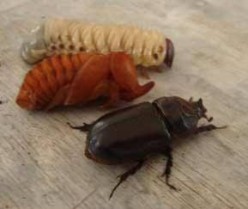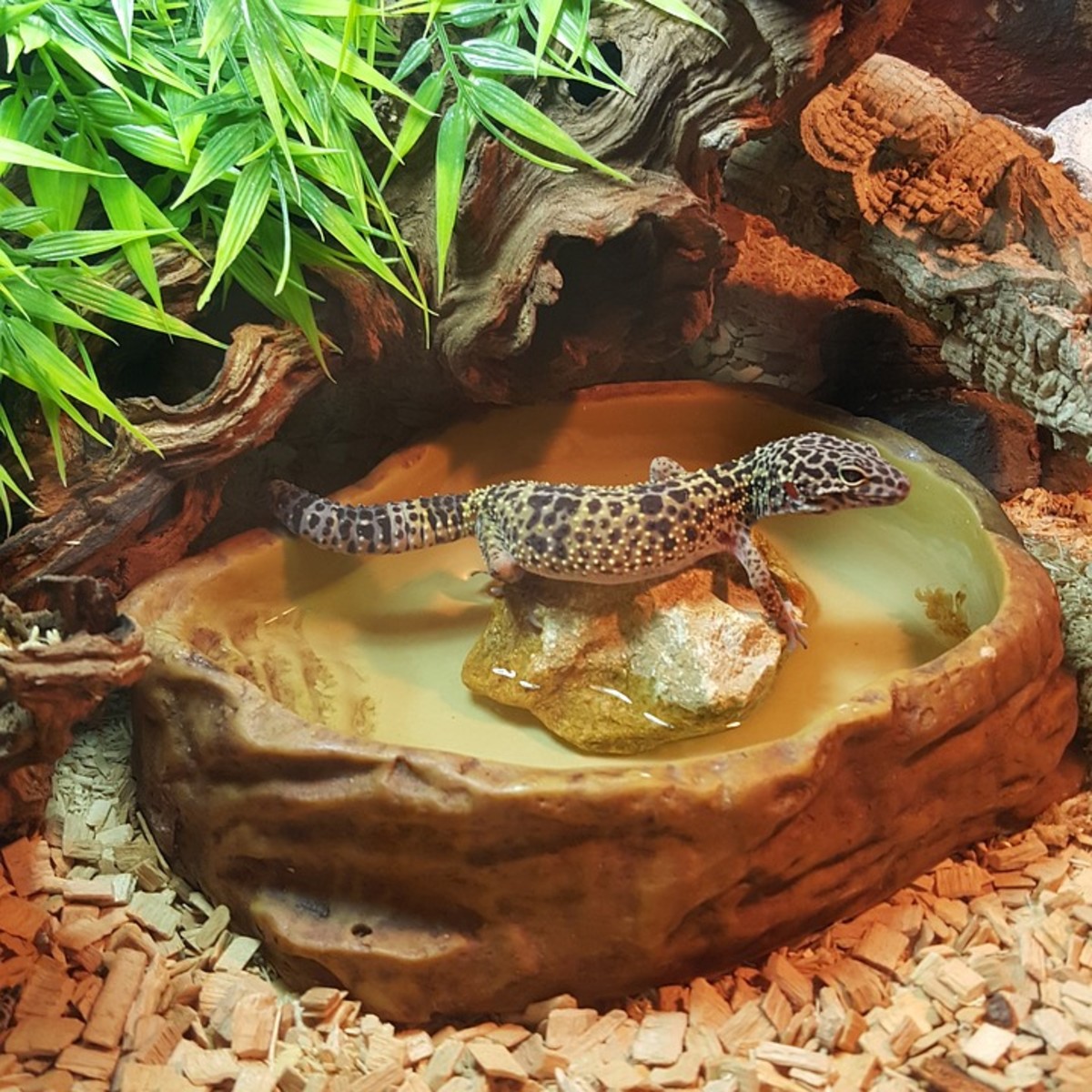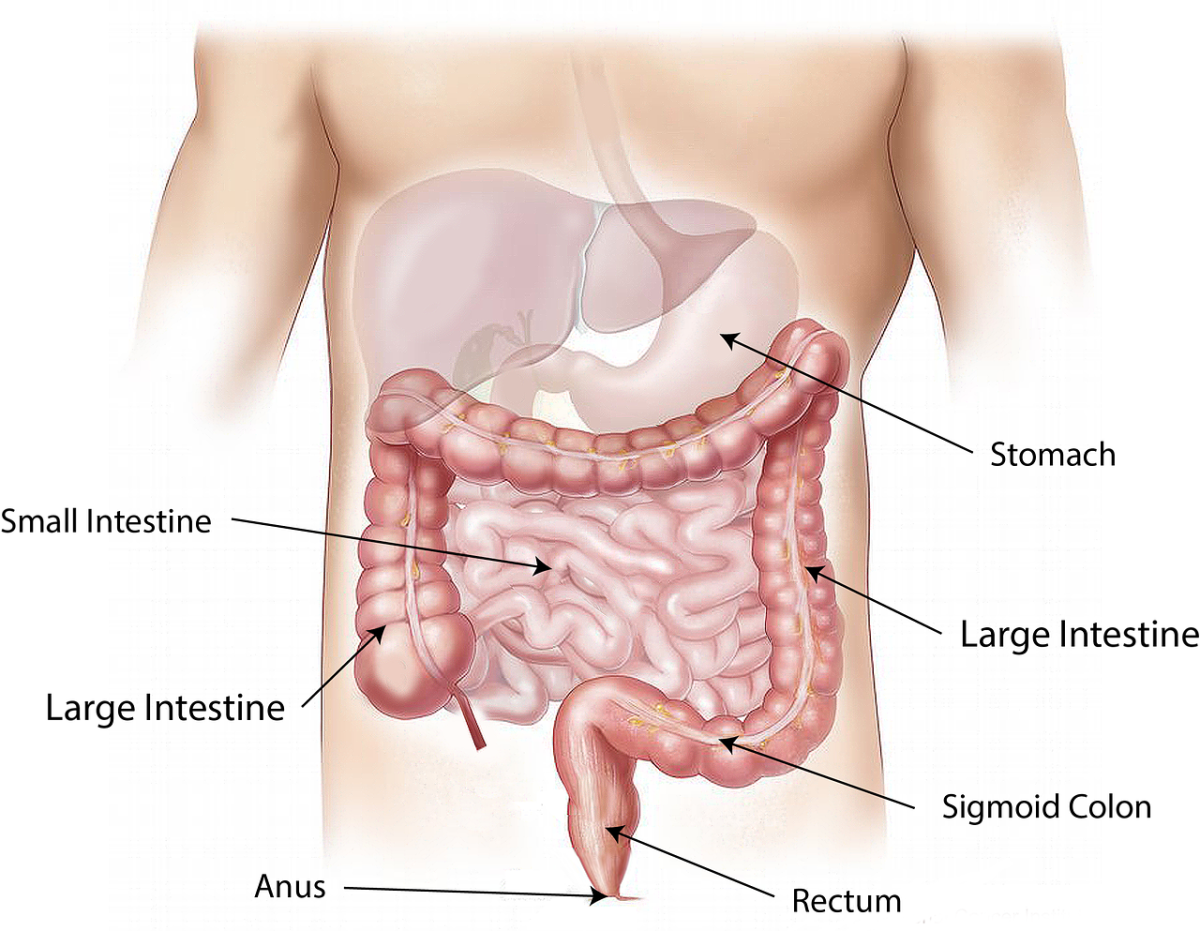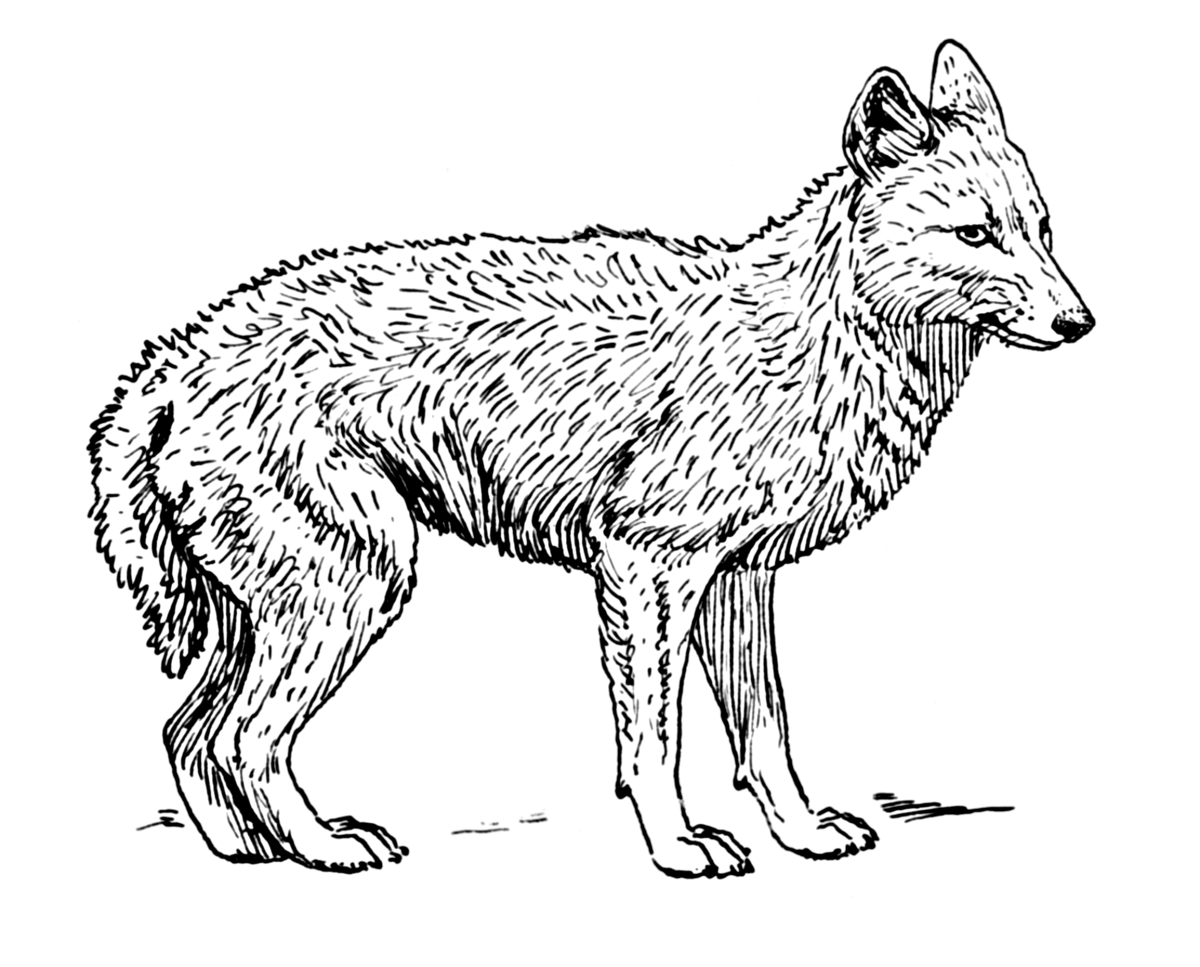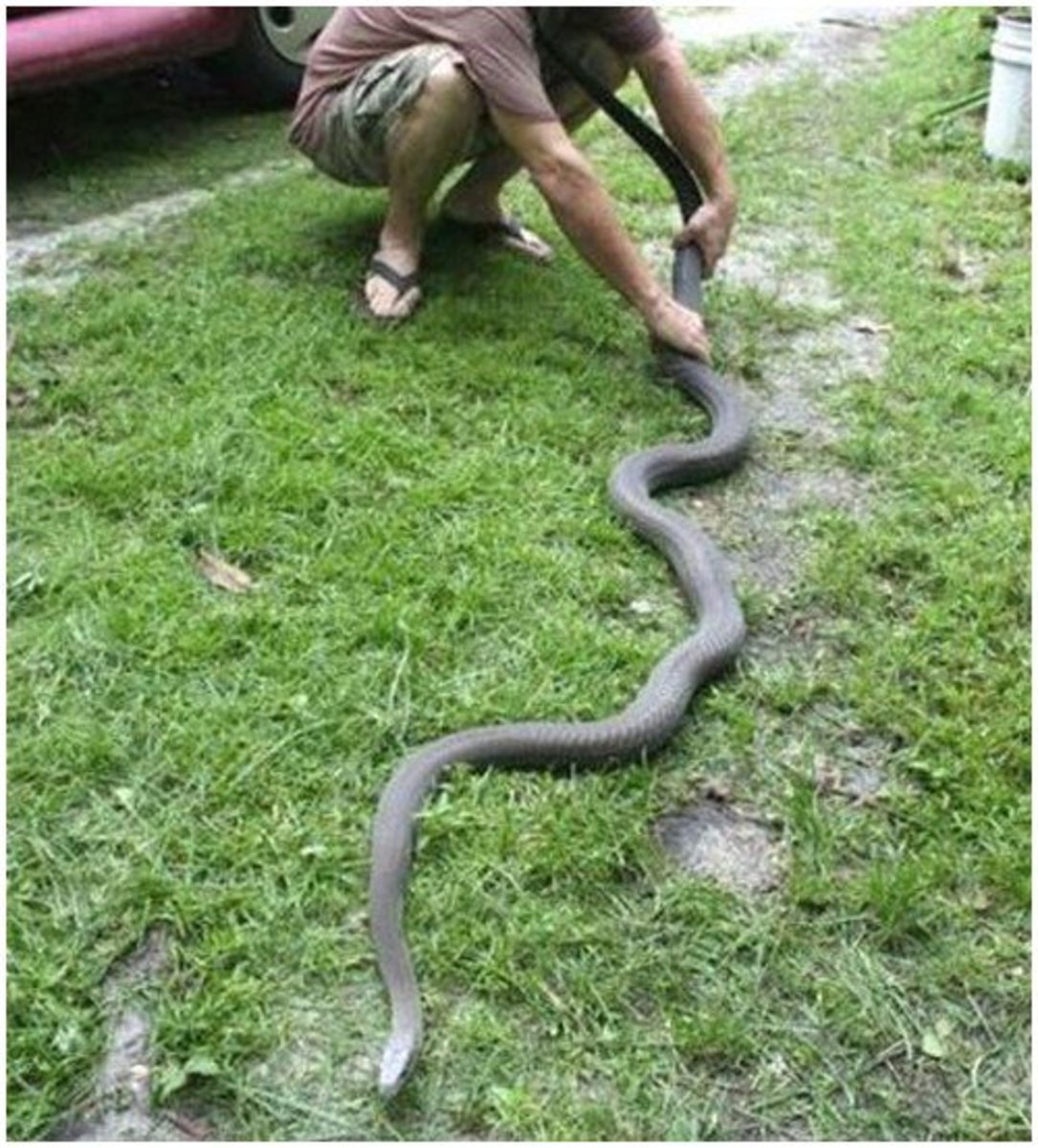Africa's Baby Five
Antlion, Leopard tortoise, Buffalo weaver, Elephant shrew, Rhinoceros beatle
Almost everybody knows about Africa's Big Five, and how important they are. Travelers often have Africa's big five on their bucket list. South Africa has some of the world's richest and most interesting biodiversities.
What makes the Baby five so significant, so special? Incidentially all these have names that's related to their bigger counterparts. These creatures might be more elusive and difficult to see, but they are magnificent in their own right. Let us shed a little bit of light on them.
ANTLION
Also called Doodlebugs. This nickname is derived from the narrow twisted furrows they leave in the sand when they crawl around looking for suitable places to dig traps. These furrows look like doodlings.
Antlions come from a family of insects classified as Myrmeleontidae. The name is derived from the Greek myrmex (ant) and leon ( lion). Myrmeleontidae is part of the order Neoroptera, which refers to a netlike pattern of veins on the wings. (In the mature phase of the life cycle).
Why the name, antlion, one might ask. This is a very descriptive name describing the larva phase - a brownish beast, with a big head, strong jaw, and soft body - a lion among ants, kown for fiercely predatory habits. Moreover, with its broad flattened body and short legs, it is well adapted for crawling backwards.
In the larva phase the antlion finds a site, sheltered from the sun and rain, and builds a cone shaped sand pit to trap its prey. The sides of the cones are prepared with fine sand particles so the prey that falls into the traps cannot escape.
The antlion waits in the centre of the cone under the sand and waits for ants and other insects to fall into the trap. Its powerful mandibels grab hold of the prey and pull it into the burrough where the body fluids are sucked out, whereafter the body is disposed of.
After the larva phase, the antlion changes to a pupa, which in turn changes into a nocturnal damsel fly, with delicate long veined wings. It reproduces, and lay eggs in soft dry soil where the eggs can hatch. Throughout their metamorphosis ant lions are absolutely harmless and causes no damage to humans, plants or animals.
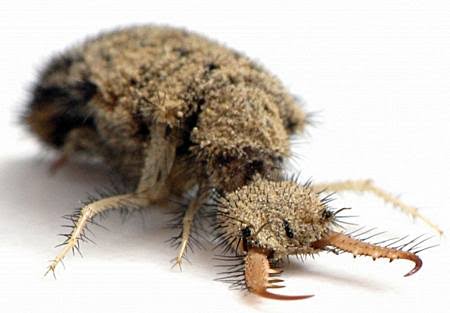
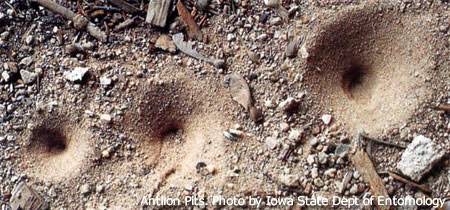
LEOPARD TORTOISE
Stigmochelys pardalis
The genus Stigmochelys, is a name derived from the Greek word, stigmata (marked), and chelone (tortoise). Pardalis is from pardos (spotted) after the patern on the shell, resembling the markings on the hyde of a leopard.
This is the largest tortoise specie in South Africa, weighing up to 80 pounds, and measuring up to two feet in length. Tortoises originated in Asia and spread to Europe, north America, and later to Africa.
The leopard tortoise has strong legs and are able to move relatively fast and reach long distances, and can even climb over rocky terrain. The domed shell gives it ample lung space, allowing boyancy so they can float and swim slowly.
Diet include succulents (both the pads and fruit of prickley pear), grass shoots and a variety of fallen fruits. Small bites are taken and swallowed whole, and undigested seeds are dispersed, stimulating plant growth. Bones are gnawed to supplement their calcium intake which helps strenghten the skeleton, shell and aids in eggshell formation. Leopard tortoises are water dependant, and do not extract sufficient moisture from the plants they eat.
When disturbed they typically retract their heads into their shells for protection, and make hissing sounds. Predators are numerous, and varies from humans consuming the flesh as well as the eggs. Ants, birds, monitor lizzards, and carnivors are known to attack the eggs and the young.
During the cold winter months they seek refuge in holes dug by other species such as ant bears and porcupines, among others.
What is interesting about a tortoise is that it has a reserve tank called a bursar, where water is stored. This helps the animal to survive without having to drink water every day, given the fact that they travel slowly and water sources are often far apart. Females use some of the water stored in their bursars to soften the soil before their eggs are laid. Breeding takes place from September to April. Holes of approximately 250mm deep are dug with the hind feet, where clutches of 24 eggs are deposited. The holes are filled with soil and patted firmly with the ventral part of the shell, the plastron. Incubation takes from eight to as long as fifteen months.
It is never a good idea to pick a toirtoise up as the water reserve could be depleted, resulting in possible dehydration.
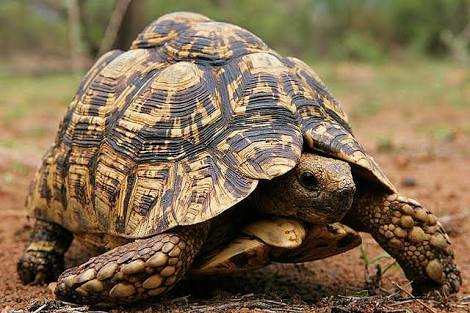
BUFFALO WEAVER
Bubalornis niger. Bubalornis is from derived from the following Greek words - boubalis (buffalo), and ornis (bird). The buffalo weaver is often erroneously mistaken for the red billed oxpecker, which is a delightful specie, but unrelated. However, some primative tribes still refer to both oxpeckers and buffalo weavers as 'oxbirds'. The weavers have a habit of following heards of buffalo, where insects are flushed from the vegetation where they move and graze, and eaten by the birds.
This is a noisy, gregarious specie that live in large colonies consisting of family groups.
Massive thorny nests are constructed in acacia and boabab trees, and these are used as communal roosts, with multiple chambers. Males mate with more than one female, and there is usually one male that rules the roost. Most unique about this bird is the fact that this is one of a very small number of bird species that possess phalloid organs. Breeding happens between September and June, when females lay two to four eggs. Incubation takes only fourteen days, and hatchlings leave the nest after 21 days.
Their diet is made up of seeds, fruit and insects. Most of the foraging is done on the ground, where crickets, beatles, grasshoppers, wasps, flies, spiders and even scorpions are hunted. Predators include hawks, eagles, snakes and primates.
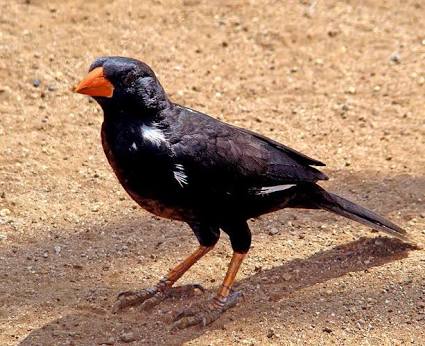
THE ELEPHANT SHREW
The name elephant shrew, is a common name for small insectivorous mamals of the order Macroscelididae, and is characterised by rodent like appearance, with an elongated snout resembling the trunk of an elephant, and hind legs longer than forelimbs. It has a tiny body (about four inches in length) and weighs in at only one and a half ounces, with a soft cudly fur, and large eyes.
Elephant shrews are closely related to moles (Afrosoricida), elephants and also hyraxes (Paenungulata).
These little critters forage and hunt solitary, feeding on invertebrates - insects, spiders, centipedes, millipedes, earthworms, and are preyed apon by snakes, birds of prey, and other small predatory mammals.
They live in monogamous pairs, in other words, pairs mate for life. Females reach sexual maturity at a tender age of six weeks, and give birth to up to three young after a gestation period of 45 to 60 days. This continues throughout the year as there is no spesific mating or breeding season. Their life span can reach up to five years in the wild.
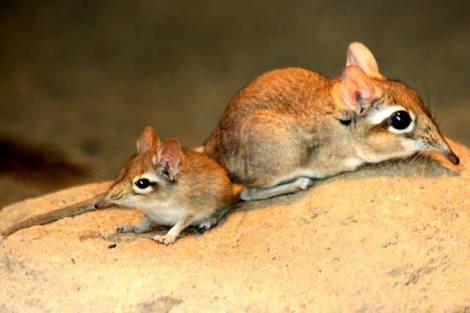
RHINOCEROS BEATLE
Rhinoceros beatle' is a general term commonly used for naming many species of beatles with horns or projections.
The order to which beatles belong, Coleoptera, is derived from the Greek word 'Koleos' meaning sheath, and ptera meaning wings. The family name, Scarabaidae, consists of more than 30000 species.
Dung beatles play such an important ecological role in nature that it was decided to feature them in this article. This is a varied family group in terms of colour, shape and size, within the rhino beatle (Scarabaidae) family. Males of many of these species have horns and projections which are used in mating battles against other males. The hard outer wings are used as protective cover for the soft body.
Pound for pound, beatles are probably the most powerful creatures on planet earth. A rhino beatle can lift a weight of 850 times its own weight. To put this into perspective, a 100kg man would have to lift a weight of 85 tons to compete.
The ancient Egyptians regarded Scarab beatles as sacred creatures. They were idolised and worshipped as symbols of immorality. Ornaments and artifacts were made for many different purposes. The beatles were seen disappearing into the ground, and appeared to be resurrected as they emerged from the ground much later. Legend also had it that the beatle represented the sun, and the the dung ball, planet earth.
The beatle rolls dung into small balls, consisting of undigested leaf material and undigested seeds. The dung ball offers nutrition to the beatle, as well as the hatching larvae. After mating the female deposits her fertilised eggs into the ball, which is buried by the male to keep them out of harms way. This is so important because the ball now serves as a food source, it gives the eggs time to hatch, and keeps dangerous flies and ants at bay. In addition, the buried dung balls fertilise the soil and entrap nitrogen underground where it is used by plants, and the undigested seeds get relocated to grow new plants.
Often during my guided tours and hikes I have come accross members of Africa's Little Five, where we stopped along the way, to introduce my clients to, and photograph them.
